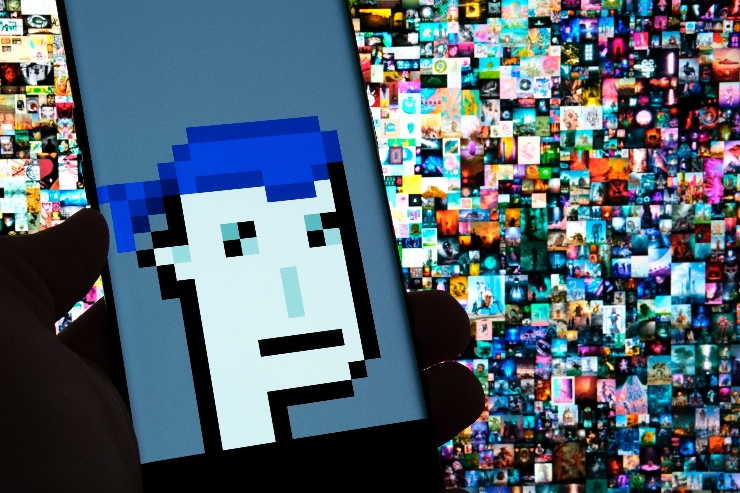Although personal use of digital technologies is often characterised as fun and voluntary, technostress is anything but. Floods of push notifications and information from personal devices and the constant pressure to be available online can contribute to poor well-being, fatigue, and concentration problems. Markus Salo, Henri Pirkkalainen, Cecil Chua and Tiina Koskelainen explain how technostress develops over time and how users can mitigate it.
Technostress is a situation of stress an individual experiences due to her/his use of information technology (IT). By stress we mean the relationship between an individual and their environment experienced as taxing or straining (Lazarus and Folkman 1984).
IT use for personal and leisure purposes (e.g., social networking and consuming various types of digital content) has grown rapidly. Although personal/leisure IT use is often characterised as fun and voluntary, technostress is a common negative consequence of such use. For example, many people experience technostress when receiving floods of push notifications and information from personal devices or feeling the constant pressure to be available online. Furthermore, researchers and practitioners have highlighted that technostress can contribute to negative outcomes including poor well-being, fatigue, and concentration problems.
Previous research has not explained how technostress develops over time and how users can mitigate it in a personal, rather than organisational, environment. So, our study (freely available here) answered two questions: (1) How does technostress form in the personal use of IT? and (2) How can users change their IT use practices to mitigate technostress?
To understand the details of technostress experiences, we conducted in-depth interviews with 32 Finnish users who experienced and mitigated this type of stress. By analysing the interview data, we found that technostress tends to form quietly over time because of small actualisation costs associated with the use. For example, checking a personalised push notification is done at the cost of shifting one’s attention to the notification, often away from other ongoing activities. While users barely notice single moments of such attention shifts, repeated shifts can pile up over time and become straining. The constant flow of notifications can be highly stressful and result in the inability to focus and feel free of IT.
The actualisation costs pile up especially when users intensify their use; such intensification is often based on the short-lived moments of enjoyment, other users’ activities and the discovery of more digital content to engage with. Although users actively create their own technostress through the use of IT, this use is shaped in part by designers’ intent and peer influence. We also found that it could take a substantial amount of time for users to recognise their technostress and identify its origins.
To mitigate the problem, users could (1) modify their current IT use (e.g., adjusting use routines or customising notifications), (2) switch to an alternative technology (e.g., deleting a mobile application and using only its browser version), (3) taking a temporary break (e.g., letting go of an application for two months) or (4) permanently quitting (e.g., abandoning an application or device).
Technostress formation does not require self-regulation (i.e., one’s ability to change their responses and behaviours), but mitigation does. One barrier to mitigation is standards bias, which refers to a person’s overly positive view of IT use, something that blinds them to potential negative consequences. Another barrier is monitoring bias–the user’s inability to keep realistic track of their IT use. For example, users highly absorbed in their IT use find it difficult to estimate how many times they access their social networking services, how many hours they use a particular IT in a week, and how many times they are interrupted by notifications. Furthermore, mitigation also requires motivation and operational capacity to deviate from existing social conventions and partially or fully give up the enjoyment and potential benefits of using a certain IT intensively. We noticed that users relapsed back to their old use habits after, for example, attempting to stop using a certain social networking service.
While simply turning off a device to make stress disappear may seem easy to do, many things make this type of mitigation difficult. The way IT is designed does not it make it any easier; in many cases, the application sends reminders to log in and check new activity and tries to prevent users from deleting accounts by, for example, asking impassioned questions (e.g., “Are you sure? These friends will miss you if you quit.”) However, by avoiding standards and monitoring biases, having proper motivation and using one’s operational capacity to resist the temptations of the digital content, users can find a balance in their IT use and successfully change their use practices to mitigate technostress.
♣♣♣
Notes:
- This blog post is based on “Formation and Mitigation of Technostress in the Personal Use of IT”, MIS Quarterly.
- The post expresses the views of its author(s), and do not necessarily represent those of LSE Business Review or the London School of Economics.
- Featured image by Jonas Leupe on Unsplash
- When you leave a comment, you’re agreeing to our Comment Policy.





